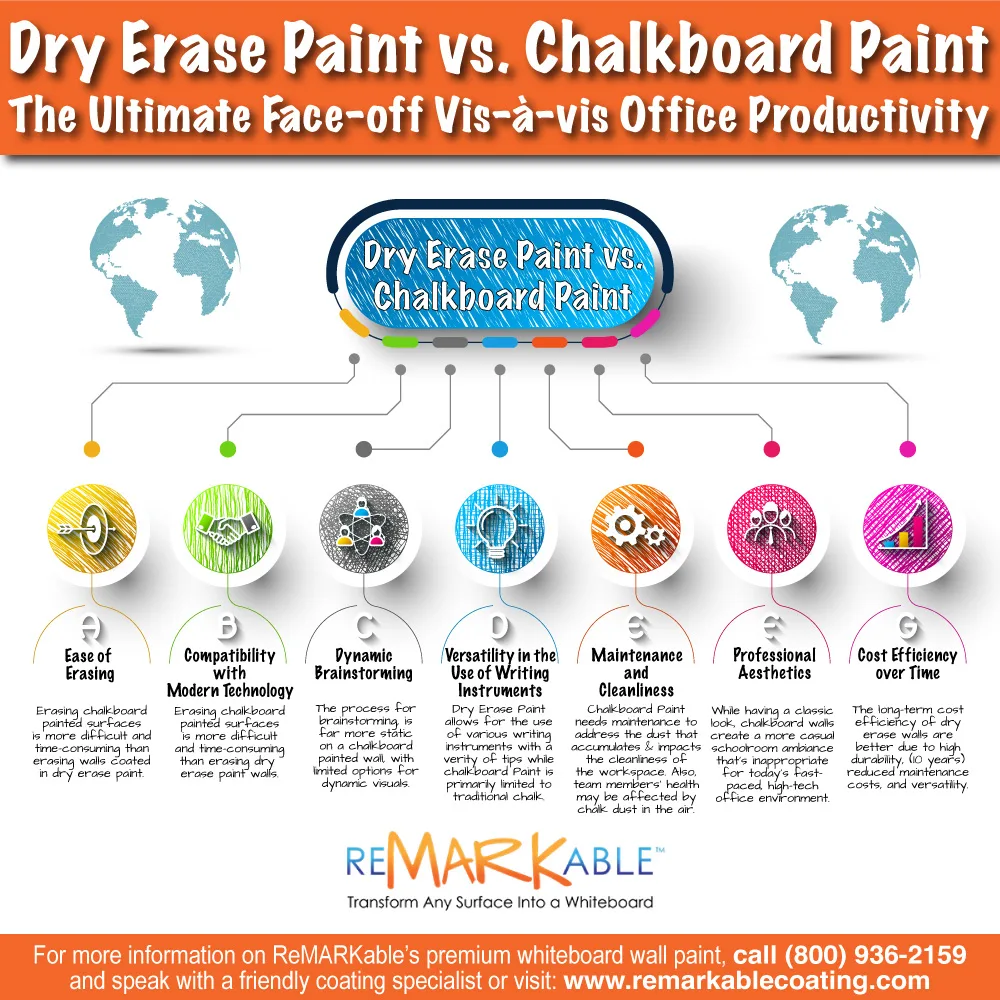
Whiteboard Paint vs. Chalkboard Paint: The Ultimate Face-off Vis-à-vis Office Productivity
In recent decades, the use of chalkboards has continually declined around the world due to the rising popularity of whiteboards and walls coated in whiteboard paint. Nowadays, few business offices, schools, or other venues feature traditional chalkboards because they’re messy, produce chalk dust when used, and need constant cleaning to stay functional.
Walls coated with chalkboard paint have these same issues. So why would a business choose to use a writing surface with problems identical to those of a traditional chalkboard? The following article will delve into this question by presenting key issues that make chalkboard paint less desirable than whiteboard paint for creating a writable surface in the office.
Ease of Erasing
Whiteboard Paint: Surfaces coated with whiteboard paint are easy to erase quickly, allowing for clean slates and seamless transitions between ideas generated during team meetings and brainstorming sessions.
Chalkboard Paint: Erasing chalkboard-painted surfaces is more complex and time-consuming than erasing walls coated in whiteboard paint. This makes chalkboard-painted walls less suitable for activities like brainstorming, where teams constantly come up with new ideas, and rapid writing, erasing, and rewriting are essential to the process.
Compatibility with Modern Technology
Whiteboard Paint: A wall coated with whiteboard paint is perfect to use with modern technological devices, such as interactive projectors, as it adds to the effectiveness of presentations and collaborative work. The crisp, easy-to-read writing produced on a whiteboard wall makes electronically enhanced in-office or remote presentations more understandable and exciting.
Chalkboard Paint: Compared to walls coated with whiteboard paint, chalkboard-painted surfaces are less compatible with technological devices, thus hindering the use of digital tools during staff meetings and brainstorming sessions. For example, whiteboard-painted walls are better for projecting videos and slides, especially when the projector is linked to a computer. That’s because black or other dark-colored text
written on a white background is much easier to see than white text written on a black or other dark surface like a chalkboard-painted wall.
It’s also easier to annotate the contents of a projected image on a whiteboard wall than it is on a chalkboard-painted wall, especially when different colors are used. Annotating an image on a white background can be highly effective for conveying ideas and reducing eye strain. Thus, when compared to chalkboard-painted surfaces, whiteboard-painted walls are the clear winner.
Whiteboard Paint: The large, bright surfaces of whiteboard-painted walls facilitate dynamic, free-flowing brainstorming, enabling participants to quickly jot down ideas and then erase them to try again in real-time to reach an agreed-upon goal.
Chalkboard Paint: While suitable for brainstorming, the process is more static and traditional on a chalkboard-painted wall, with limited options for dynamic visual representation. This is so because chalkboard-painted surfaces are more challenging to erase, so the process of brainstorming is slowed down. In addition, the smudging caused by frequent erasing on a dark-colored chalkboard-painted wall makes text and images challenging to see and understand.
Versatility in the Use of Writing Instruments
Whiteboard Paint: Allows for the use of various writing instruments such as dry erase markers with bullet, chisel, fine, and ultra-fine tips that are available in a wide range of colors. This allows for great flexibility in the thickness and shape of lines produced when creating and organizing content, leading to greater engagement by a team.
Chalkboard Paint: Primarily limited to traditional chalk, which has restrictions in terms of available color options and precision in writing and drawing because lines of only one thickness can be generated.
Maintenance and Cleanliness
Whiteboard Paint: Because whiteboard-painted walls produce no dust when written on and erased, they require less upkeep than chalkboard-painted surfaces. Cleaning a whiteboard wall is straightforward and can be accomplished with a few swipes of a microfiber cloth moistened with water or with an eco-friendly whiteboard cleaner.
This is another reason that businesses and other organizations should avoid applying chalkboard paint in their offices and instead opt for low-maintenance, easy-to-erase, healthful, and eco-friendly whiteboard paint to produce a trouble-free, durable writing surface.
Chalkboard Paint: Regular maintenance is needed to address the constant problem of chalk dust, which can accumulate in piles on the floor and impact the overall cleanliness of the workspace. Also, team members’ health may be affected by chalk dust in the air, as many people are allergic to it, and even those who are not allergic can be impacted. Chalk dust can travel into the respiratory system and have effects such as aggravating asthma symptoms and causing chronic obstructive pulmonary disease (COPD) and breathing issues.
Moreover, sensitive electronic equipment can easily be damaged when chalk dust spreads through an office, seeps into the casings, and sticks to internal parts such as motherboards and hard drives, leading to expensive repairs or the need for replacements. Chalk is an inherently messy writing tool, and its dust always finds its way to floors, furniture, and crevices in equipment.
Colored chalk dust can also discolor floors and walls. This quality limits the usefulness of chalkboard-painted surfaces during business meetings because writing in multiple colors during presentations makes the content more intelligible, memorable, and exciting for the participants.
Professional Aesthetics
Whiteboard Paint: Walls coated in whiteboard paint convey a clean, fresh, professional look that’s suitable for contemporary offices, contributing to an aesthetic that enhances a company’s brand and image. Besides being supremely practical as a writing surface, a whiteboard-painted wall is an aesthetically pleasing accent that elevates the general look and feel of an office.
Most business offices have a neutral or subdued color scheme, so a wall coated with whiteboard paint can add a touch of dynamic style to the workplace ambiance. The wall’s lustrous white surface can also contrast beautifully with adjacent walls painted in pastels or other colors.
Chalkboard Paint: While they have a classic look, chalkboard-painted walls create a casual schoolroom ambiance that’s inappropriate for today’s fast-paced, high-tech office environment. A popular handyman’s website says that in the home chalkboard paint “is best used in moderation.” The site goes on to suggest using the paint on a small wall or a portion of a wall in a less noticeable area so that it won’t become an “eyesore.”
The same holds true for chalkboard paint applied in an office. Unless they’re regularly cleaned, large walls covered with chalkboard paint can quickly become unsightly due to chalk smudges and incompletely erased “ghosts” or remnants of previous writing. A big chalkboard-painted wall in the main part of an office, like the central workspace, can create a dark, dingy look, as the product’s most common colors are black, blue, bronze, and brown.
Cost Efficiency over Time
Whiteboard Paint: Long-term cost efficiency is more significant due to high durability, reduced maintenance costs, and versatility of use. Whiteboard-painted walls last for ten-plus years of continuous use before needing to be replaced and require only occasional cleaning with a microfiber cloth and water or whiteboard cleaner to remain bright and functional.
Chalkboard Paint: Incurs higher maintenance costs over time, including the need for frequent cleaning and repainting. Chalkboard paint should not be applied in areas that receive intensive use. For one thing, as mentioned earlier, issues arise when trying to completely erase the chalk marks from the surface. For heavy use, such as in an office, it’s necessary to add a new coat of chalkboard paint about every six months.
Considering the many advantages of whiteboard paint, in a matchup with chalkboard-painted walls, whiteboard-painted walls are the apparent winners. So, business owners who want to create a durable, easy-to-use, and attractive writing surface for the office workspace need look no further than whiteboard paint, an investment that will reap bountiful rewards for many years to come.


























































































![ReMARKable’s Winter Sale is Here! [25% Off + Free Shipping]](https://www.remarkablecoating.com/wp-content/uploads/2018/01/Red-Tag-Winter-Fashion-Facebook-Post-1-440x264.png)















![Drive Your Organization Into Openness and Watch it Expand [20% Off Whiteboard Paint]](https://www.remarkablecoating.com/wp-content/uploads/2016/04/Drive-Your-Organization-Into-Openness-and-Watch-It-Expand.-1-440x264.jpg)

![30% Off St Patrick’s Day Sale! [Details Inside]](https://www.remarkablecoating.com/wp-content/uploads/2016/03/Glorious-1-440x264.png)


![Giant Leaps Forward Require Big Spaces. [Leap Year Sale Event!]](https://www.remarkablecoating.com/wp-content/uploads/2016/02/Giant-Leaps-ForwardRequire-Big-Spaces-440x264.jpg)

















![ReMARKable Summer Sale 2018 [28% Off Whiteboard Paint]](https://www.remarkablecoating.com/wp-content/uploads/2018/06/Blue-Simple-Line-Beach-Facebook-Post-1-440x264.png)







































































































































































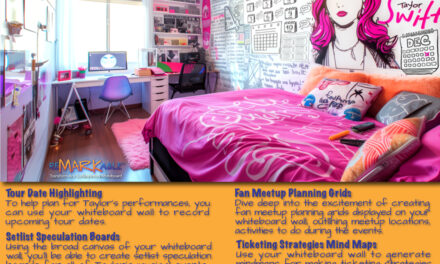


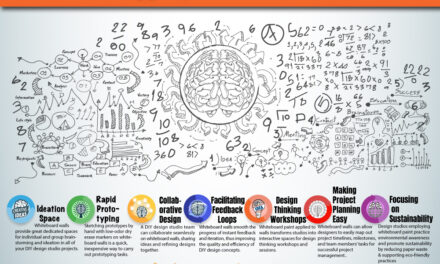
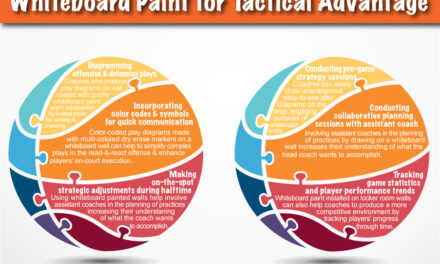
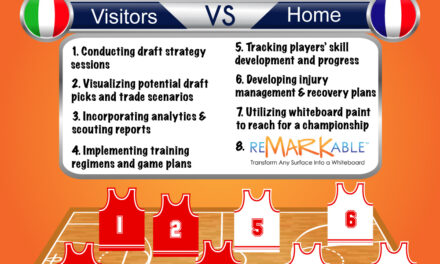

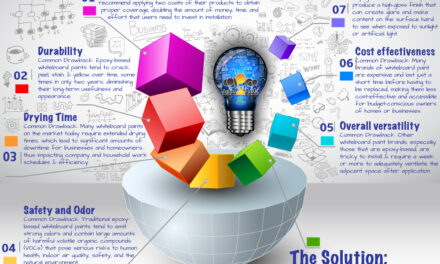

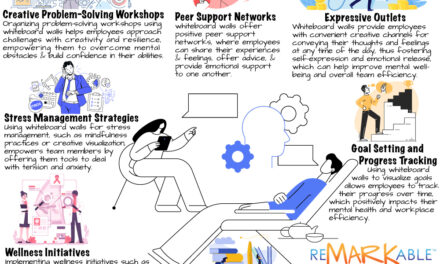
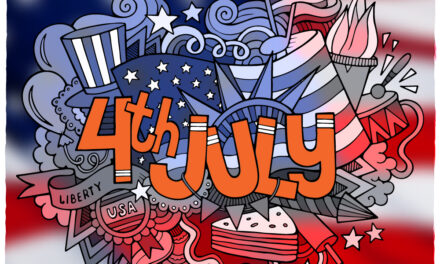
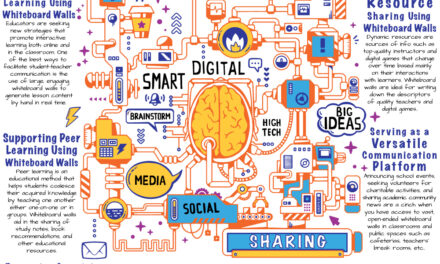
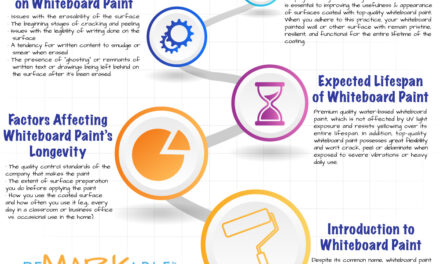
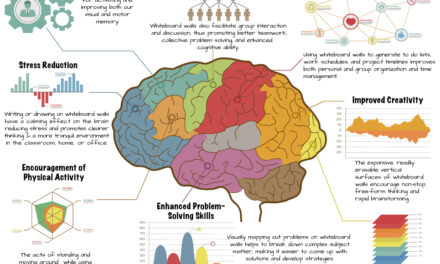


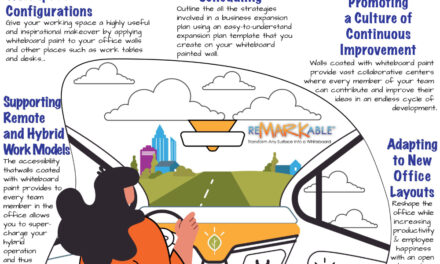
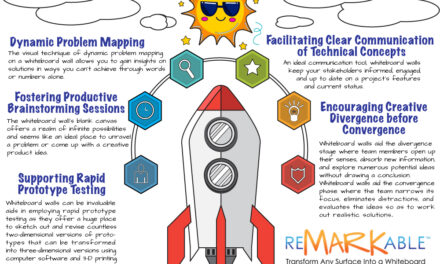

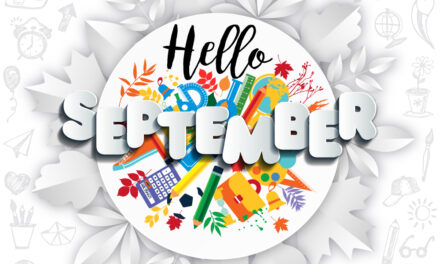
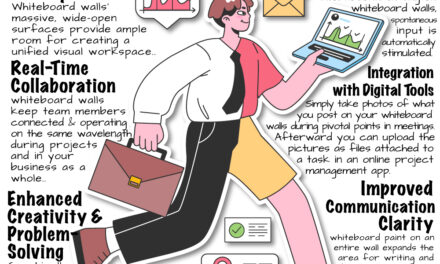
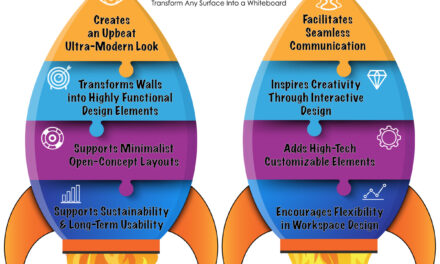

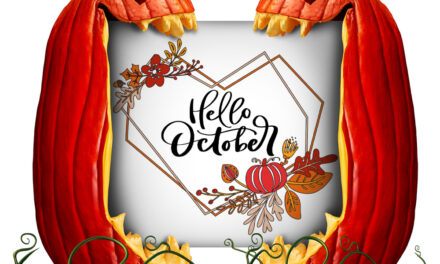
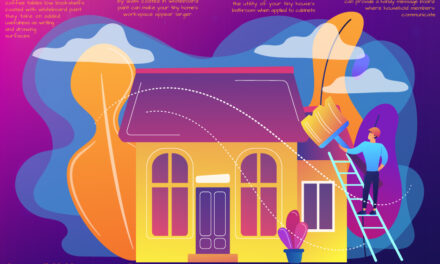
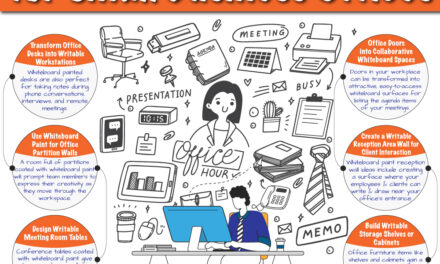
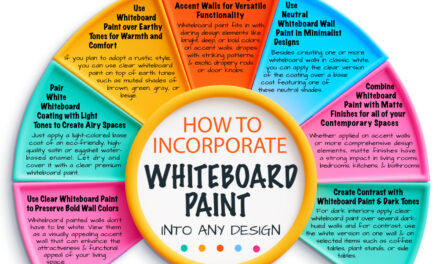


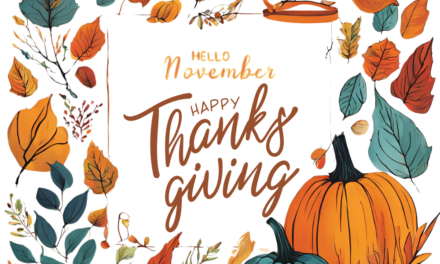

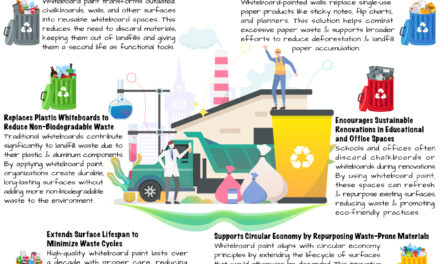
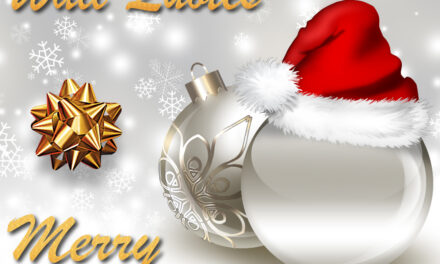



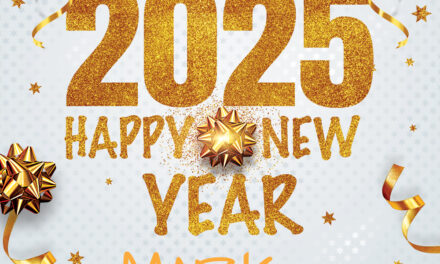

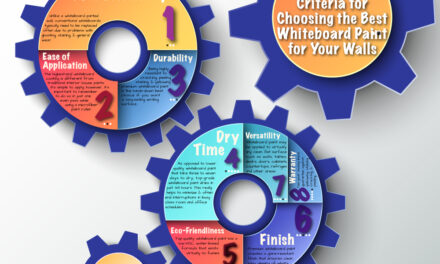
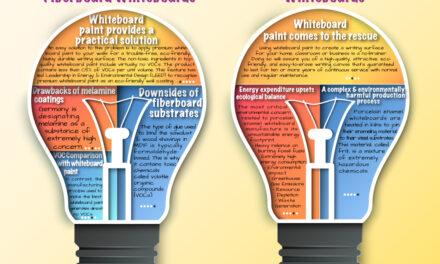
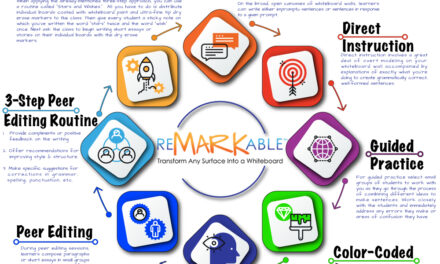
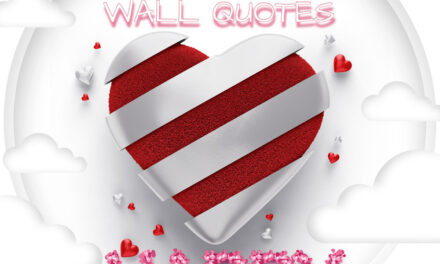
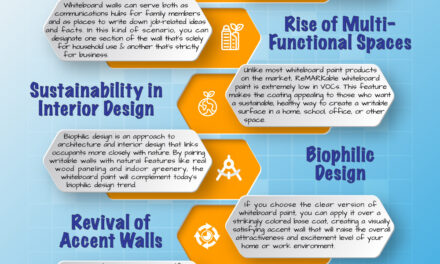

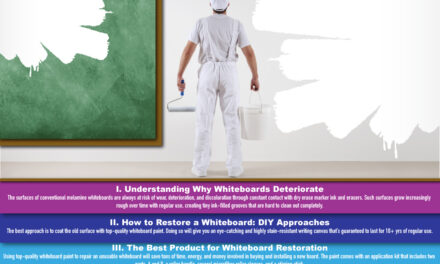
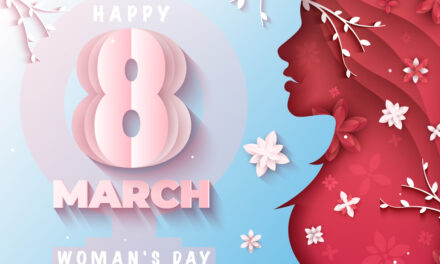
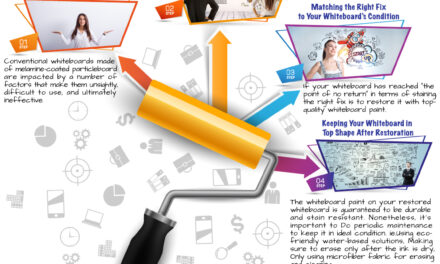
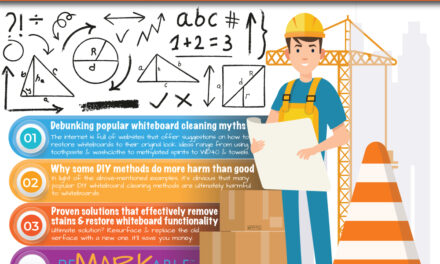
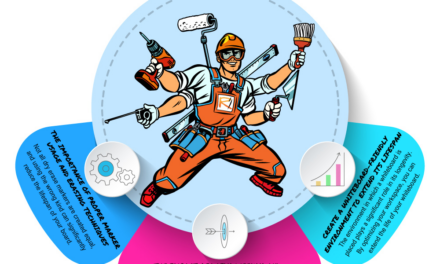

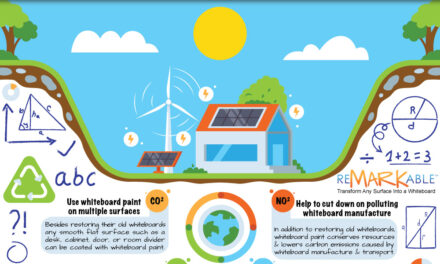
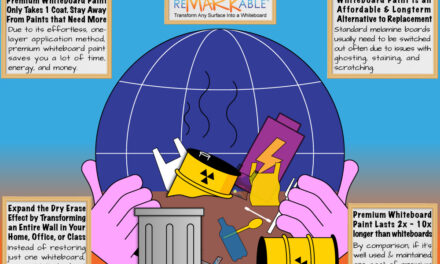
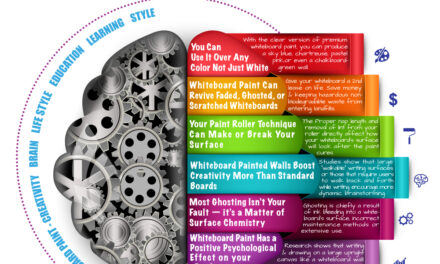
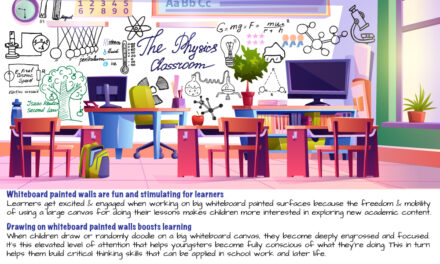
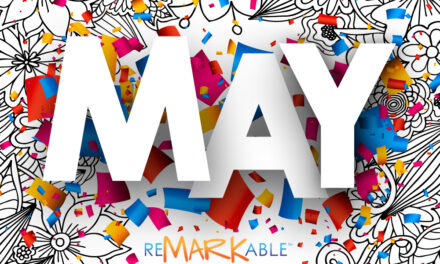

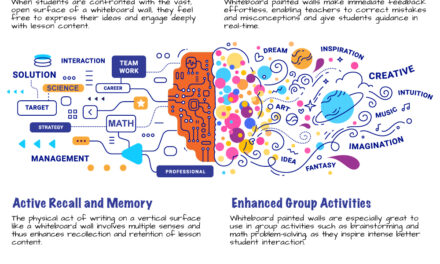
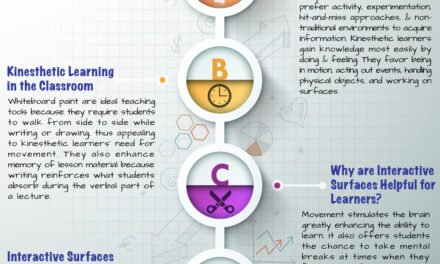
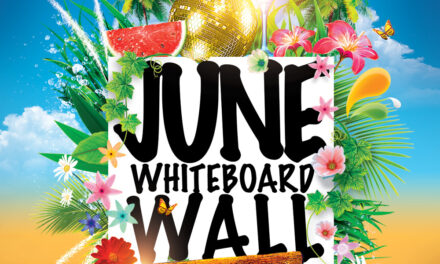
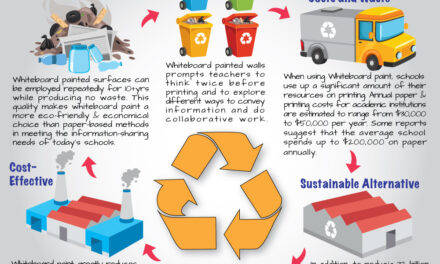
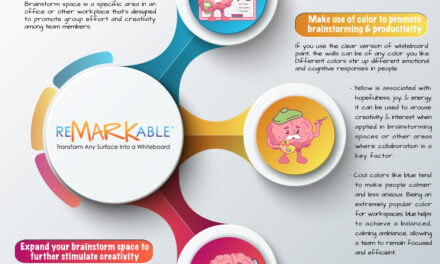
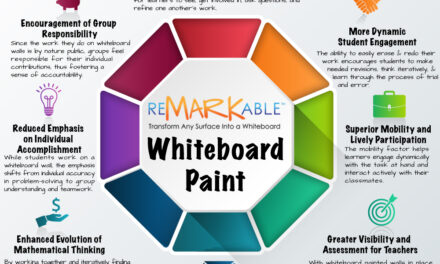
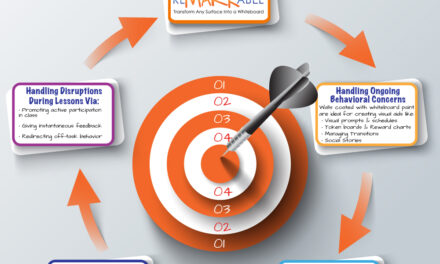
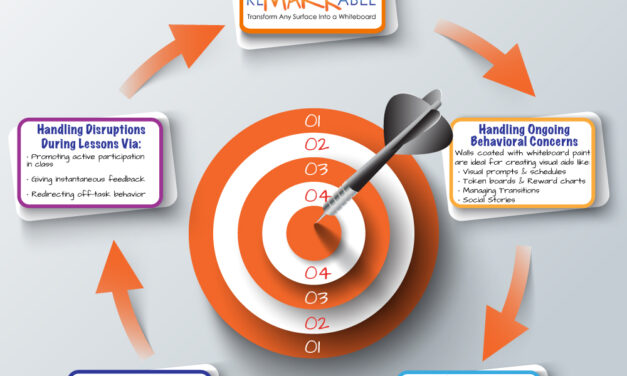
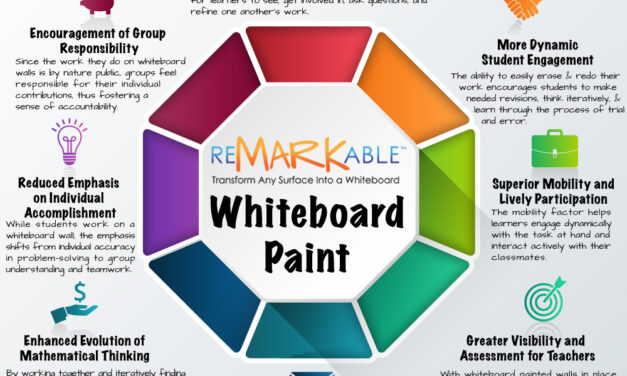
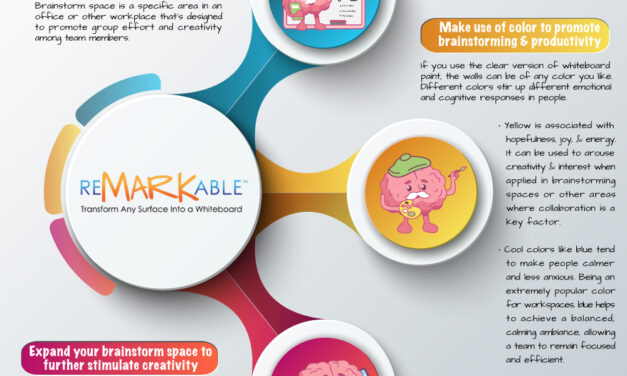

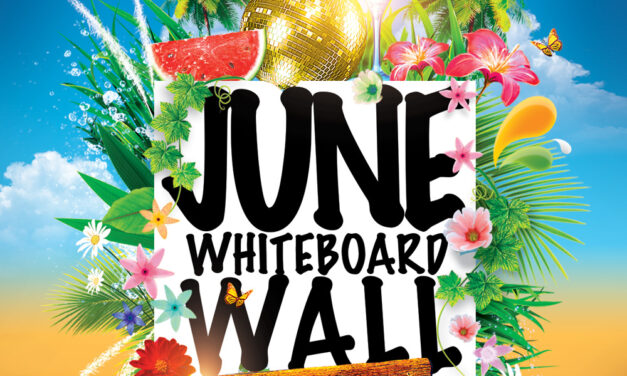
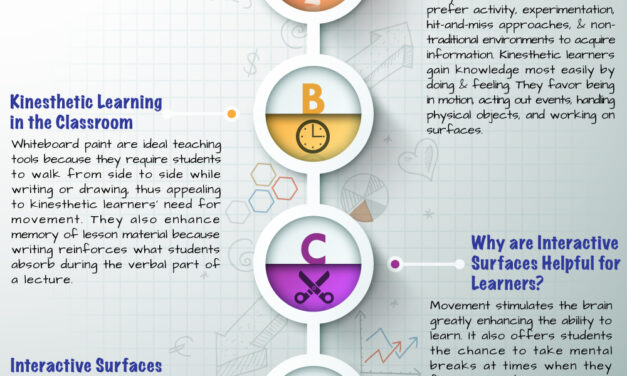





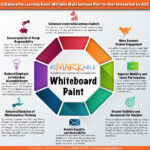
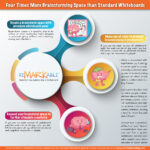
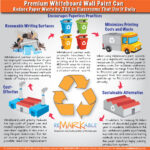
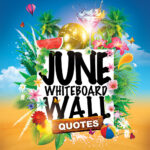
0 Comments